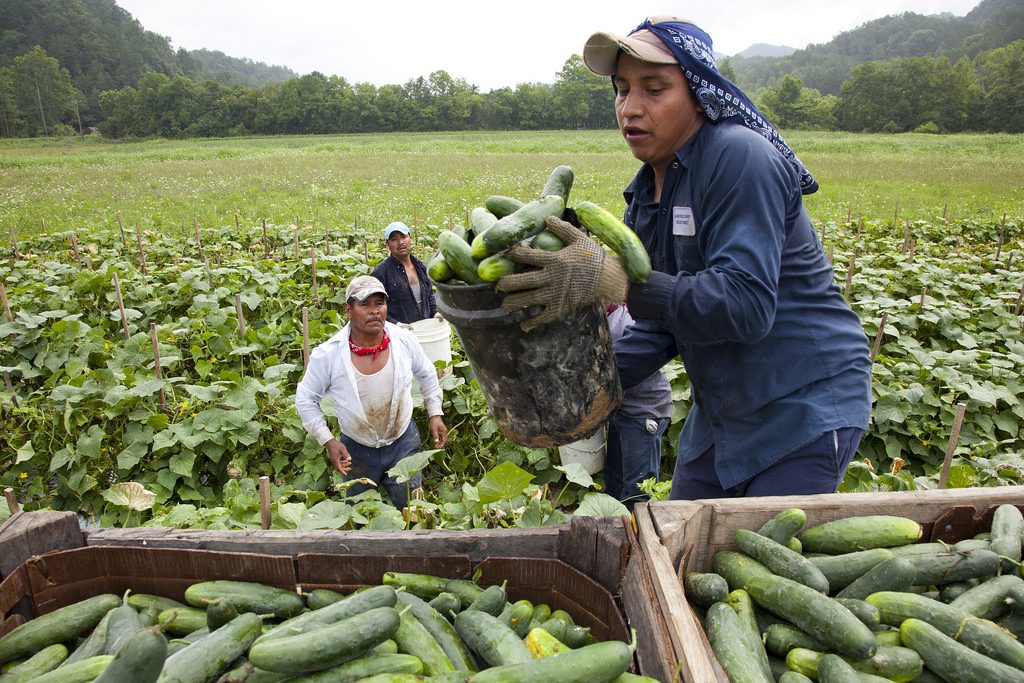Latino farmworkers and their children face the highest levels of pesticide exposure of any population group, with the possible exception of certain types of pesticide applicators. In 2004 a team of scientists measured the levels of urinary metabolites in 60 farmworker children ages 1 to 6 in North Carolina (Arcury et al., 2007). The testing was capable of picking up exposure to 14 pesticides, or pesticide types, including seven organophosphate insecticides. The results were compelling — and troubling.
Almost 90 percent of the 60 children had three or more pesticide metabolites in their urine, one-third had five or more, and only one child had none.
On average, four pesticides were found in each child’s urine.
Metabolites of the highly toxic OP parathion, or its closely related cousin methyl-parathion, were found in 90 percent of the children, and the most common metabolite of chlorpyrifos was found in 83.3 percent. About 2.5 OPs were found, on average, in each child’s urine, indicative of active exposures to each of these pesticides within the last few days .
The ubiquitous exposure of farmworker children in North Carolina to highly toxic OPs documented in this study occurred in the summer of 2004, two or more years after the regulatory actions taken by the Environmental Protection Agency against parathion and chlorpyrifos under the Food Quality Protection Act. These actions included ending all residential uses of the parathions and chlorpyrifos, implying that contemporary agricultural uses must have lead to the exposures reported in this study. Clearly, use of these OPs remains widespread and continues to expose children to heightened risk of developmental abnormalities, especially those impacting the brain and central nervous system.
Source: “Pesticide Urinary Metabolite Levels of Children in Eastern North Carolina Farmworker Households”
Authors: Thomas Arcury, Joseph Grzywacz, Dana Barr, Janeth Tapia, Haiying Chen, and Sara Quandt
Environmental Health Perspectives, Vol. 115, No. 7, July 2007.

